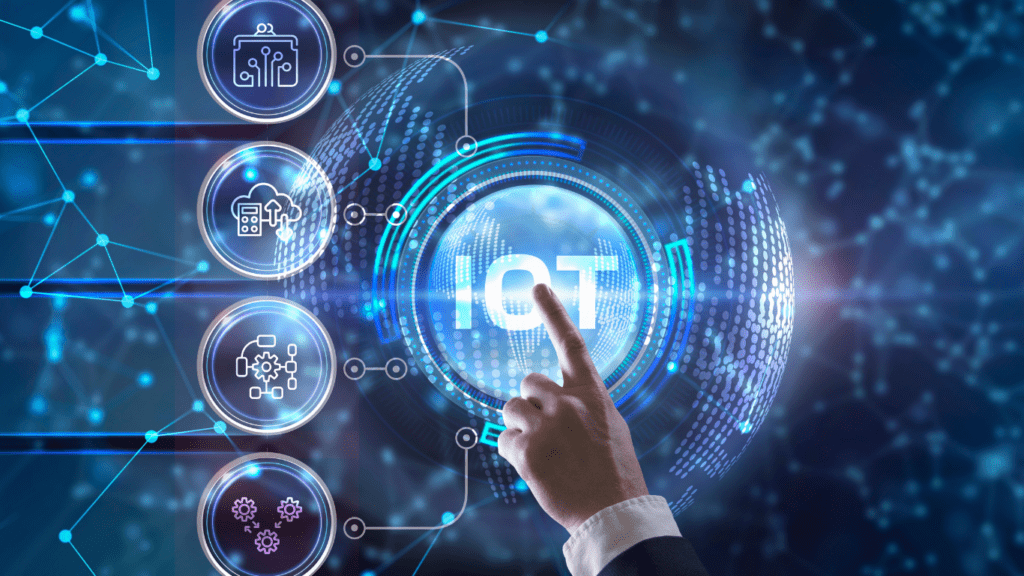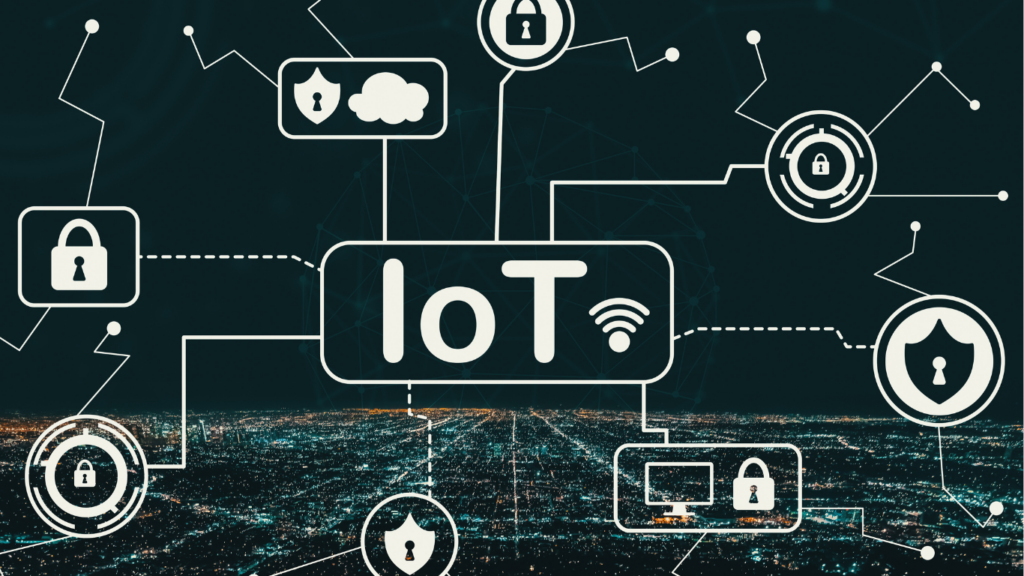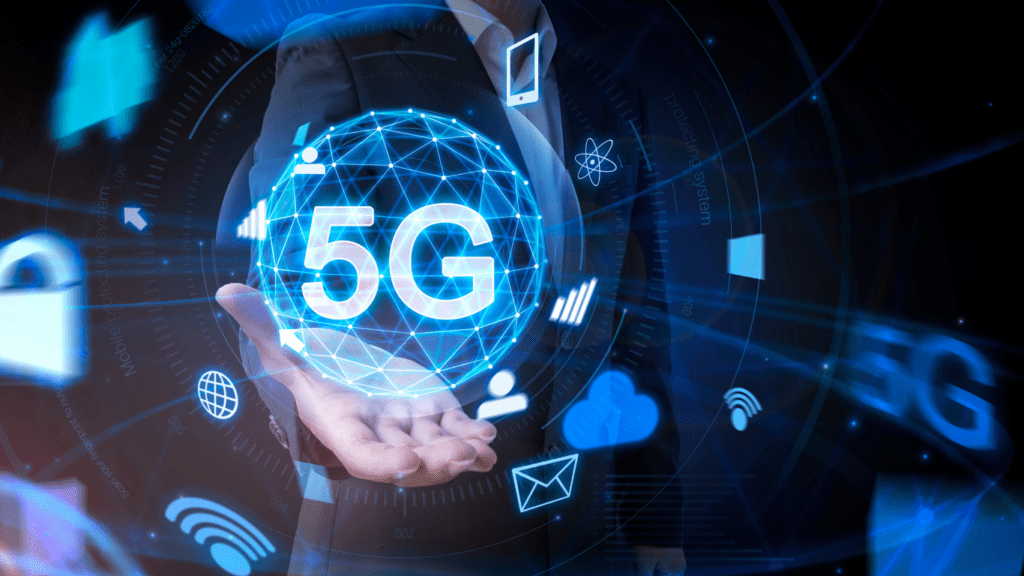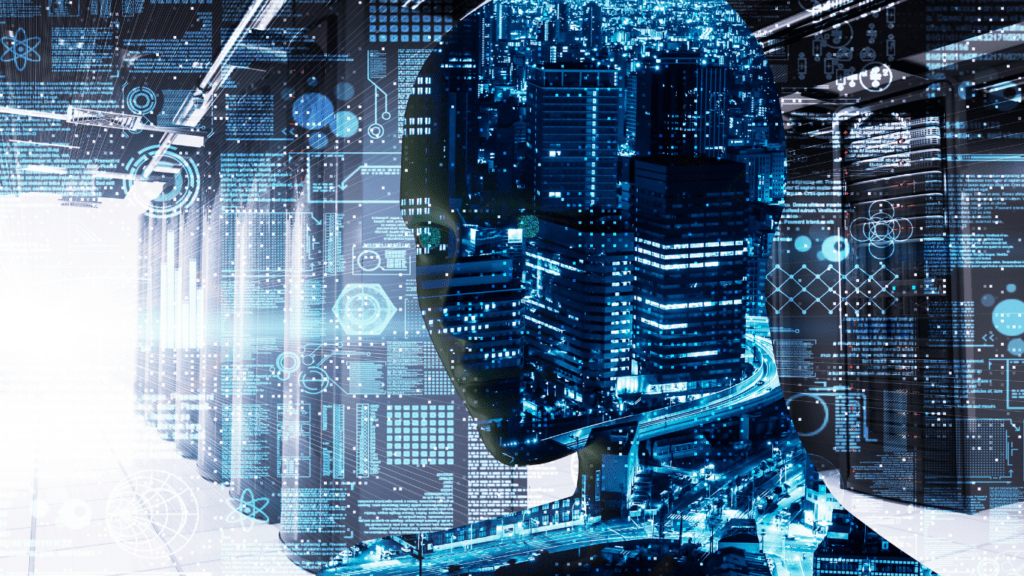The world around us is transforming at lightning speed, and at the heart of this evolution lies the Internet of Things (IoT). It’s fascinating how everyday devices—once simple and static—are now becoming smarter, more intuitive, and deeply connected. But behind this seamless connectivity is the magic of code, the very foundation that powers these intelligent systems.
Understanding The Intersection Of IoT And Code
IoT relies on code as its foundation, driving the communication between connected devices. These devices, ranging from smart thermostats to industrial sensors, use embedded software to process data, execute tasks, and interact with other systems. Without well-structured code, the seamless operation of IoT ecosystems wouldn’t exist.
Code determines how IoT devices handle data collection, analysis, and transmission. For example, algorithms in fitness trackers process biometric data to deliver insights into heart rate and activity levels. Similarly, programmable applications in smart home hubs manage device interconnectivity, allowing users to control diverse systems with a single interface.
Developers utilize specific programming languages like C, Python, and JavaScript to write IoT software. C ensures efficiency for resource-constrained devices, Python supports rapid prototyping, and JavaScript enables web-based interactions. These languages align with IoT’s diverse performance demands, from real-time processing to user-friendly interfaces.
IoT security heavily depends on code integrity. Devices use encryption protocols coded into their systems to secure communications from cyber threats. Proper coding prevents vulnerabilities, ensuring the safety and reliability of connected systems in critical environments.
This intersection of IoT and code fosters innovation, creating smarter systems tailored to user needs. For instance, location-based services offer real-time navigation updates, while industrial IoT leverages predictive maintenance to reduce downtime. These advancements illustrate how effective coding transforms IoT from standalone devices to comprehensive, adaptive solutions.
The Role Of Code In IoT Development
Code bridges the gap between hardware and functionality in IoT systems. It enables seamless communication, efficient processing, and intelligent responses across connected devices.
Simplifying Connectivity With Programming
Programming simplifies the integration of devices by creating communication protocols and APIs. Through standards like MQTT and CoAP, these protocols allow devices to transmit data and respond to commands in real time. For instance, using Python, developers program smart home hubs to control lights, thermostats, and security systems through unified interfaces.
Code ensures devices interpret data consistently, regardless of the system or vendor. Developers utilize interoperability frameworks to allow IoT ecosystems to communicate without compatibility issues. Examples include Zigbee or Z-Wave protocols embedded in smart devices.
Importance Of Scalable And Secure Code
- Scalable code supports IoT networks as they grow in size and complexity.
- Microservices architecture is often implemented, allowing systems to add functionality without disrupting existing components. For instance, cloud-based platforms like AWS IoT Core expand device management effortlessly as more devices connect.
- Code also protects IoT systems by embedding robust security measures.
- AES encryption algorithms and OAuth protocols secure data transmissions, ensuring attacks like man-in-the-middle don’t compromise systems.
- Developers maintain secure code through regular testing and updates, guarding devices against evolving cyber threats.
Key Technologies Driving IoT And Code Integration

Advances in technology are transforming IoT systems into efficient, intelligent solutions. Integrating cutting-edge methods like:
- edge computing
- machine learning
- cloud computing
enhances the connectivity and functionality of devices.
Edge Computing And Its Impact
Edge computing processes data closer to the source, reducing latency and enhancing real-time decision-making. For example, smart cameras analyze video feeds locally, enabling instant alerts for security events. Localized processing reduces bandwidth usage, improving efficiency in environments like industrial automation or healthcare systems. By minimizing reliance on centralized cloud servers, edge computing also enhances data privacy, as sensitive information remains within local devices.
Machine Learning In IoT Devices
Machine learning enables IoT devices to analyze patterns and execute predictive actions. Devices like smart thermostats use ML algorithms to learn user preferences, adjusting settings automatically to optimize energy usage. Predictive maintenance systems in manufacturing rely on real-time analytics and ML models to identify equipment issues before failures occur. Training data-driven models within these systems ensures continuous adaptation, creating flexible and intelligent IoT applications.
Cloud Computing For Connected Systems
Cloud computing provides scalable infrastructure for IoT ecosystems, centralizing data storage and processing. Platforms like Microsoft Azure IoT Hub and AWS IoT Core facilitate managing large device networks while enabling remote updates and monitoring. These cloud solutions support seamless data sharing across devices, encouraging collaboration in applications like smart agriculture or city planning. Centralized processing also simplifies integrating advanced analytics for tasks such as trend prediction or resource optimization.
Challenges In Building Smarter, Connected Devices
Developing smarter, connected devices presents unique challenges that require addressing multiple technical and operational hurdles. These challenges impact the reliability, scalability, and security of IoT systems.
Security Concerns And Privacy Issues
Securing IoT devices against cyber threats is critical as vulnerabilities in the code or communication protocols can expose sensitive user data. With billions of devices exchanging information, risks like unauthorized access, data breaches, and malware attacks increase substantially.
I ensure that robust encryption protocols, such as TLS and AES, are implemented to safeguard data during transmission. Authentication mechanisms like OAuth prevent unauthorized control of devices, while regular software updates address security gaps. Privacy concerns also arise, particularly in consumer IoT, where devices collect personal or behavioral data. Adhering to regulations like GDPR and implementing anonymization techniques helps maintain user trust.
Managing Complexity And Interoperability
As IoT ecosystems grow, managing their increasing complexity is essential for streamlined operation. Each device’s integration demands compatibility across hardware, software, and communication protocols. This becomes more difficult when different vendors use proprietary systems.
I use standardized protocols like MQTT, CoAP, and REST APIs to ease device-to-device communication. Frameworks like Zigbee and Z-Wave allow interoperable interactions across devices from various manufacturers. Additionally, designing modular systems with microservices architecture reduces integration challenges, enabling scalability and functionality enhancements without disrupting existing systems.


 Mikeel Wrighteners, the visionary founder of Code Hackers Elite, has built a dynamic platform that bridges the gap between innovation and community in the coding world. With a passion for empowering developers, Mikeel leads the charge in delivering timely news, expert insights into software development best practices, and career guidance for professionals navigating the ever-evolving tech landscape. His mission is to ensure coders stay ahead of the curve and inspired in their journey.
Mikeel Wrighteners, the visionary founder of Code Hackers Elite, has built a dynamic platform that bridges the gap between innovation and community in the coding world. With a passion for empowering developers, Mikeel leads the charge in delivering timely news, expert insights into software development best practices, and career guidance for professionals navigating the ever-evolving tech landscape. His mission is to ensure coders stay ahead of the curve and inspired in their journey.
